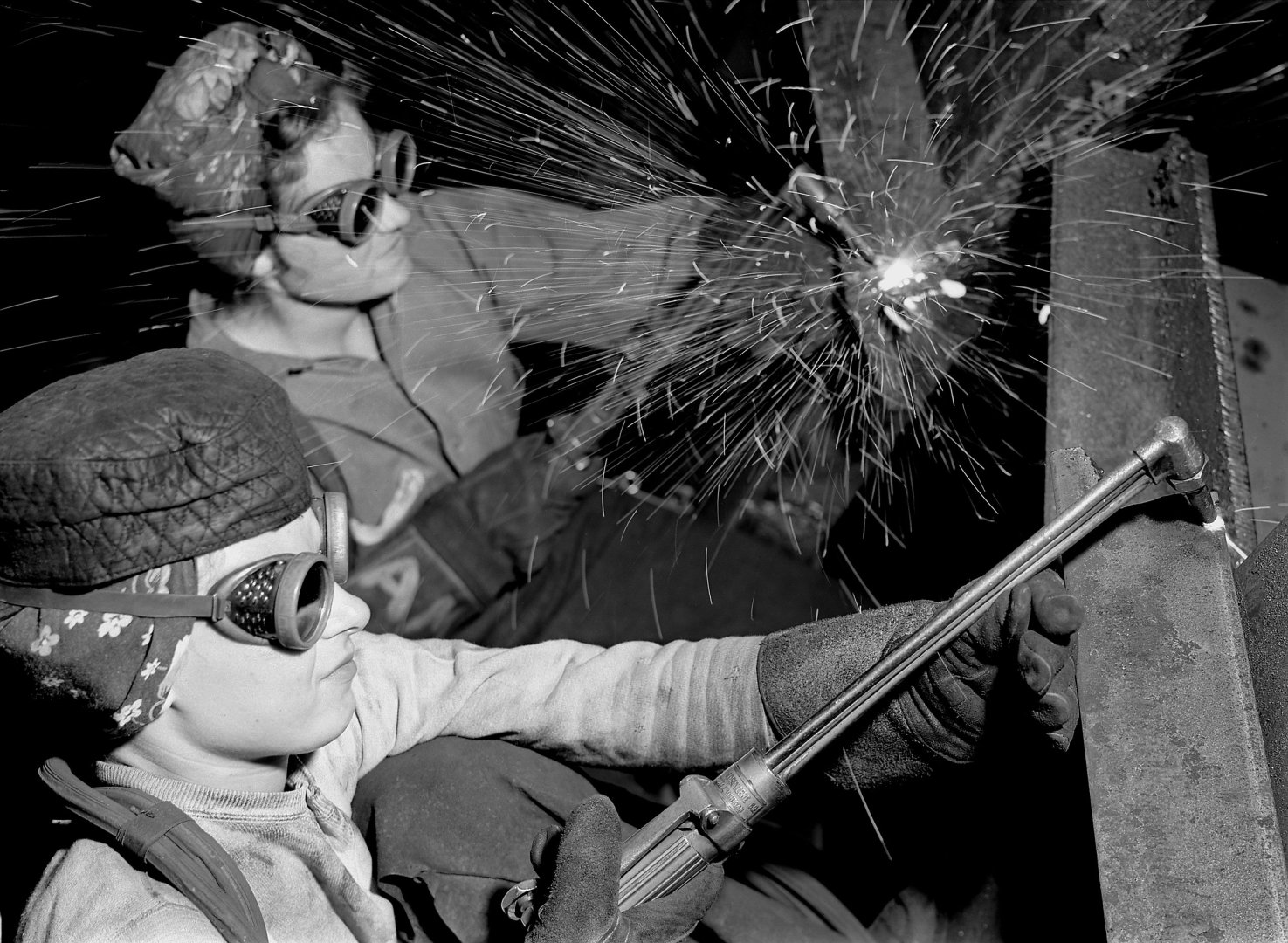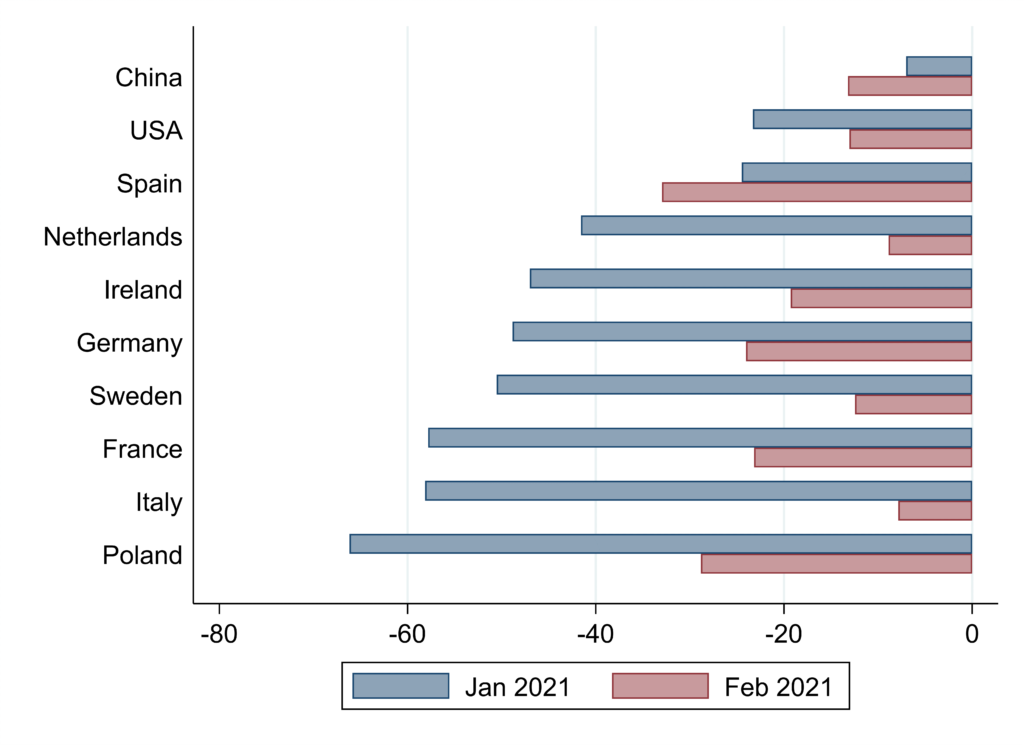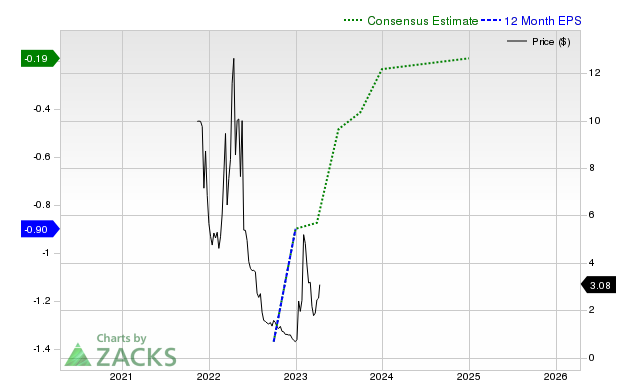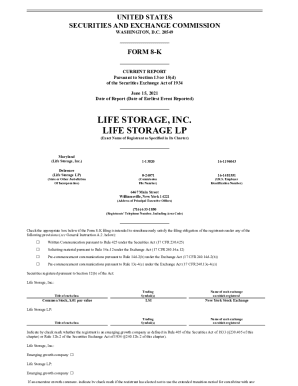The Future Of American Factory Jobs: A Post-Trump Assessment

Table of Contents
1. The Trump Administration's Impact on Manufacturing
The Trump administration entered office with a clear agenda: to revitalize American manufacturing and bring back jobs lost to globalization. This involved a multifaceted approach focusing on trade and regulatory changes.
1.1 Trade Policies and Their Effects: The administration implemented significant tariffs, particularly on steel and aluminum imports from China and other countries. This was intended to protect domestic industries and create jobs.
- Tariffs on Steel and Aluminum: While initially protecting some domestic steel and aluminum producers, these tariffs led to retaliatory tariffs from other countries, impacting American exporters in various sectors like agriculture and automobiles.
- Trade Disputes with China: The trade war with China, characterized by escalating tariffs, created uncertainty and disrupted supply chains, impacting both job creation and job losses across different sectors. Some companies moved production to avoid tariffs, while others benefited from increased domestic demand.
- Impact on Specific Industries: The automotive industry, for instance, experienced both benefits and drawbacks. While some domestic auto parts manufacturers saw increased demand, the higher cost of imported steel and aluminum impacted overall production and profitability.
1.2 Regulatory Changes and Their Influence: The Trump administration also pursued deregulation, aiming to reduce the burden on businesses and stimulate economic growth.
- Environmental Regulations: Rollbacks of environmental regulations were intended to lower production costs, but this came at the cost of increased environmental concerns and potential long-term economic consequences.
- Labor Laws: While some argue that deregulation spurred job growth, others point to a lack of emphasis on worker safety and fair wages as potential drawbacks.
- Impact on Competitiveness: The overall effect of these regulatory changes on the competitiveness of American manufacturing remains a subject of ongoing debate. Some sectors benefited from reduced compliance costs, while others faced increased risks and liabilities.
2. Automation and Technological Advancements
Technological advancements, independent of political agendas, significantly impact the future of American factory jobs.
2.1 The Rise of Robotics and Automation: The increasing adoption of robotics and AI in manufacturing is leading to increased automation. This improves efficiency and productivity but also displaces workers in certain roles.
- Automated Production Lines: Many factories now utilize fully or semi-automated production lines, reducing the need for manual labor in repetitive tasks.
- AI-Powered Quality Control: Artificial intelligence is used for quality control, reducing human error and improving efficiency.
- Impact on Skill Levels: While some jobs are lost, new jobs are being created in areas such as robotics maintenance, AI programming, and data analytics. This creates a significant skills gap.
2.2 Reskilling and Upskilling Initiatives: Addressing the skills gap created by automation requires significant investment in reskilling and upskilling initiatives.
- Government Programs: Various government programs aim to provide workers with the training needed for jobs in advanced manufacturing. However, the effectiveness and reach of these programs are often debated.
- Private Sector Initiatives: Many companies are investing in their own training programs to upskill their existing workforce and attract new talent with the necessary skills.
- The Role of Education: Community colleges and vocational schools play a critical role in providing training and certification in relevant technologies and skills. The focus on STEM education is crucial for long-term success.
3. Global Competition and the Future of Manufacturing
The US manufacturing sector faces intense global competition, impacting the future of American factory jobs.
3.1 Shifting Global Supply Chains: Companies are constantly evaluating their global supply chain strategies, considering factors such as labor costs, transportation costs, and political stability.
- Reshoring and Nearshoring: Some companies are reshoring (bringing production back to the US) or nearshoring (moving production to nearby countries) to reduce risks associated with long supply chains and to respond to increasing labor costs in other countries. However, this trend is not universal.
- Factors Influencing Location Decisions: Companies consider a range of factors, including energy costs, infrastructure, regulatory environment, and access to skilled labor when making location decisions.
- Impact on American Jobs: While reshoring and nearshoring can create jobs in the US, it doesn't necessarily lead to a mass return of manufacturing jobs.
3.2 The Importance of Innovation and Competitiveness: For American manufacturers to remain competitive globally, they must focus on innovation and technological advancements.
- Advanced Manufacturing Technologies: Investing in advanced technologies, like 3D printing and advanced materials, is crucial for increasing productivity and efficiency.
- Research and Development (R&D): Significant investments in R&D are essential for developing new products and processes and maintaining a technological edge.
- Government Support for Innovation: Government policies that support innovation, such as tax incentives for R&D and funding for research institutions, are critical for maintaining American competitiveness.
4. Conclusion
The future of American factory jobs is complex and multifaceted. While the Trump administration's policies had some impact, the overarching forces of automation and global competition continue to reshape the landscape. Automation, while initially disruptive, also creates new opportunities, but requires a massive investment in reskilling and upskilling initiatives. The success of American manufacturing in the future depends on adapting to these changes, fostering innovation, and investing in a highly skilled workforce. Understanding the future of American factory jobs requires continued attention and proactive engagement. We must support policies that encourage reshoring, invest in workforce development programs, and promote American competitiveness on the global stage. The future of American manufacturing—and the jobs it provides—depends on it.

Featured Posts
-
 The Brexit Impact On Uk Luxury Goods Reduced Eu Exports
May 20, 2025
The Brexit Impact On Uk Luxury Goods Reduced Eu Exports
May 20, 2025 -
 Exploring The Richard Mille Rm 72 01 Leclercs Signature Timepiece
May 20, 2025
Exploring The Richard Mille Rm 72 01 Leclercs Signature Timepiece
May 20, 2025 -
 Michael Kors And Amazon A Luxury Partnership Featuring Suki Waterhouse
May 20, 2025
Michael Kors And Amazon A Luxury Partnership Featuring Suki Waterhouse
May 20, 2025 -
 Robert Pattinson And Suki Waterhouse Spotted Holding Hands In Nyc The Batman 2 Connection
May 20, 2025
Robert Pattinson And Suki Waterhouse Spotted Holding Hands In Nyc The Batman 2 Connection
May 20, 2025 -
 Nyt Mini Crossword Answers For March 5 2025 Complete Solution
May 20, 2025
Nyt Mini Crossword Answers For March 5 2025 Complete Solution
May 20, 2025
Latest Posts
-
 Big Bear Ai Bbai Penny Stock Potential And Investment Risks
May 20, 2025
Big Bear Ai Bbai Penny Stock Potential And Investment Risks
May 20, 2025 -
 Big Bear Ai Holdings Nyse Bbai Q1 Results Send Shares Down
May 20, 2025
Big Bear Ai Holdings Nyse Bbai Q1 Results Send Shares Down
May 20, 2025 -
 Understanding The Recent D Wave Quantum Qbts Stock Market Rally
May 20, 2025
Understanding The Recent D Wave Quantum Qbts Stock Market Rally
May 20, 2025 -
 Why Big Bear Ai Holdings Bbai Stock Is Falling In 2025 A Deep Dive
May 20, 2025
Why Big Bear Ai Holdings Bbai Stock Is Falling In 2025 A Deep Dive
May 20, 2025 -
 Market Reaction Deciphering The Reasons Behind D Wave Quantum Qbts S Rise
May 20, 2025
Market Reaction Deciphering The Reasons Behind D Wave Quantum Qbts S Rise
May 20, 2025
